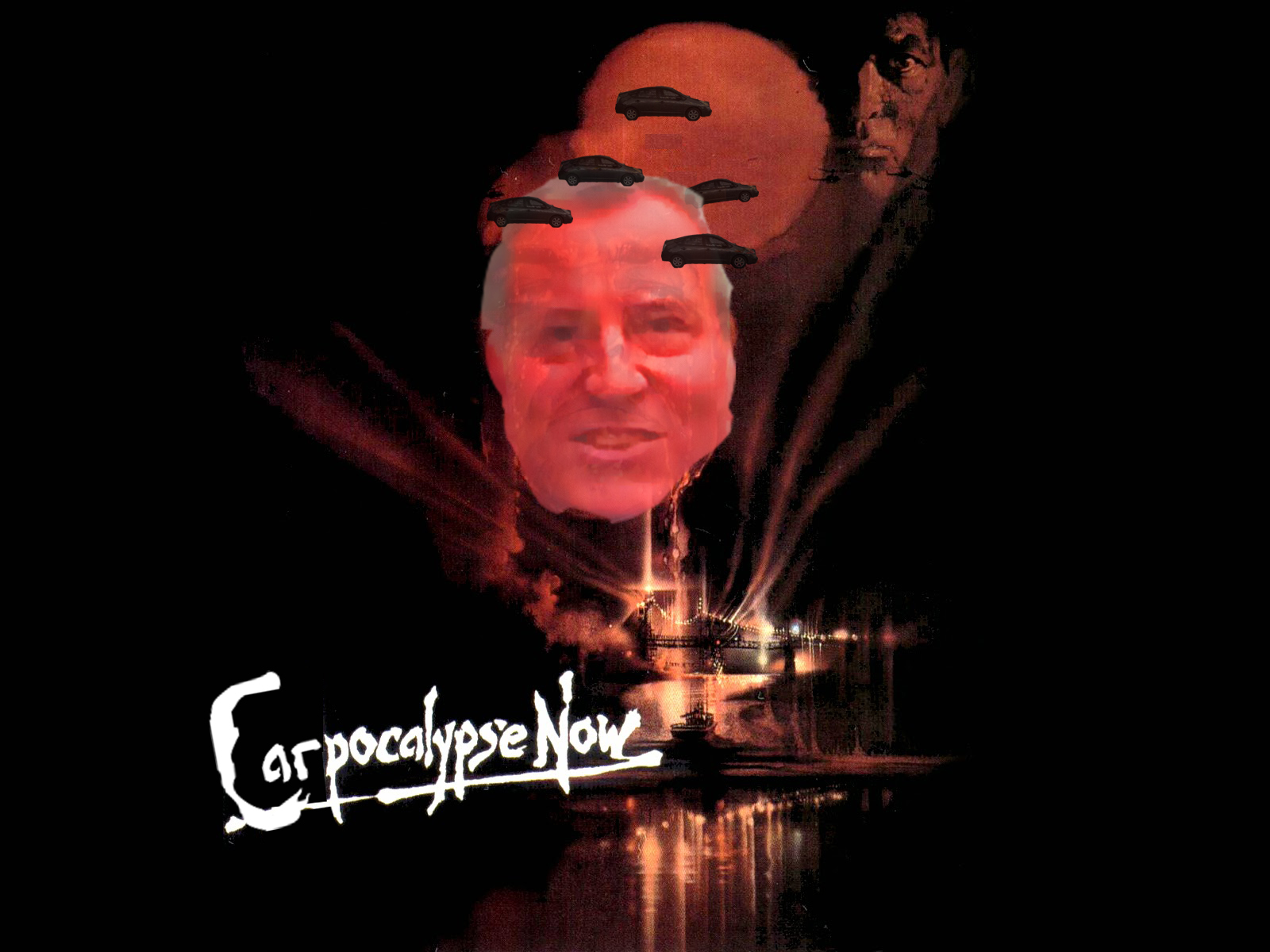Lockdown, what lockdown?
New Yorkers are returning to the roads in such high numbers that advocates are urging Gov. Cuomo and Mayor de Blasio to "act faster on reconfiguring streets" so that roadways remain safe after the COVID-19 crisis, when car use is expected to surge even more because of lingering fears over the viral safety of transit.
First, the latest numbers, freshly crunched by Streetsblog from data provided by Streetlight/Cuebiq:
- On March 2 — a typical workday before COVID-19 — drivers racked up 120,300,000 vehicle miles traveled in the five boroughs.
- By March 23, the first weekday of New York State's "pause," the number had fallen to 26,890,000 VMTs, or nearly 78 percent less. By March 30 — one week into the pause — the total VMTs had dropped to 21,630,000.
- On May 1, total VMTs were 29,240,000, or 35 percent above that March 30 stat.
- On May 8, total VMTs jumped again — by 17 percent — to 34,240,000 miles.
That May 8 figure is 58 percent higher than the March 30 low, even though nothing has changed in the state's lockdown order.
Streetsblog's report followed — and confirmed — a report on Wednesday in the New York Post, which cited data from INRIX, another transportation analysis firm.
The only good news? Even the elevated May 8 figure is far below a "normal" day in pre-coronavirus New York. On a typical day in January, 2020 — which Streetlight/Cuebiq set as a benchmark — New York carried 134,000,000 vehicle miles traveled, or 290 percent more.
Still, the rise in driving has advocates freaking out.
"People are getting in cars at a much faster rate than they are returning to public transit. The data should push the city and state to act faster on reconfiguring streets to be safer for those who choose to walk and bike, as well as taking steps to make accommodations for safer use of public transit," the Tri-State Transportation Campaign said in a statement.
“Once cars start to dominate the majority of road space again, it will be much harder for the city to find more street space to allow for safe physical distancing of pedestrians and cyclists, who we have seen are more vulnerable to cars than COVID while in mixed traffic. The same is true for expanding miles of bus-only lanes throughout the City so that bus service can be fast, frequent, and reliable.
“The MTA must maintain frequent commuter rail, subway, and bus service to prevent overcrowding. Additionally, the MTA must implement new measures to keep riders and workers safe, such as adding distance markers on platforms and onboard subways and buses. If people don’t feel safe taking transit, the city will see traffic congestion become worse than pre-pandemic levels, hampering the region’s chance of a robust, quick economic rebound.”






